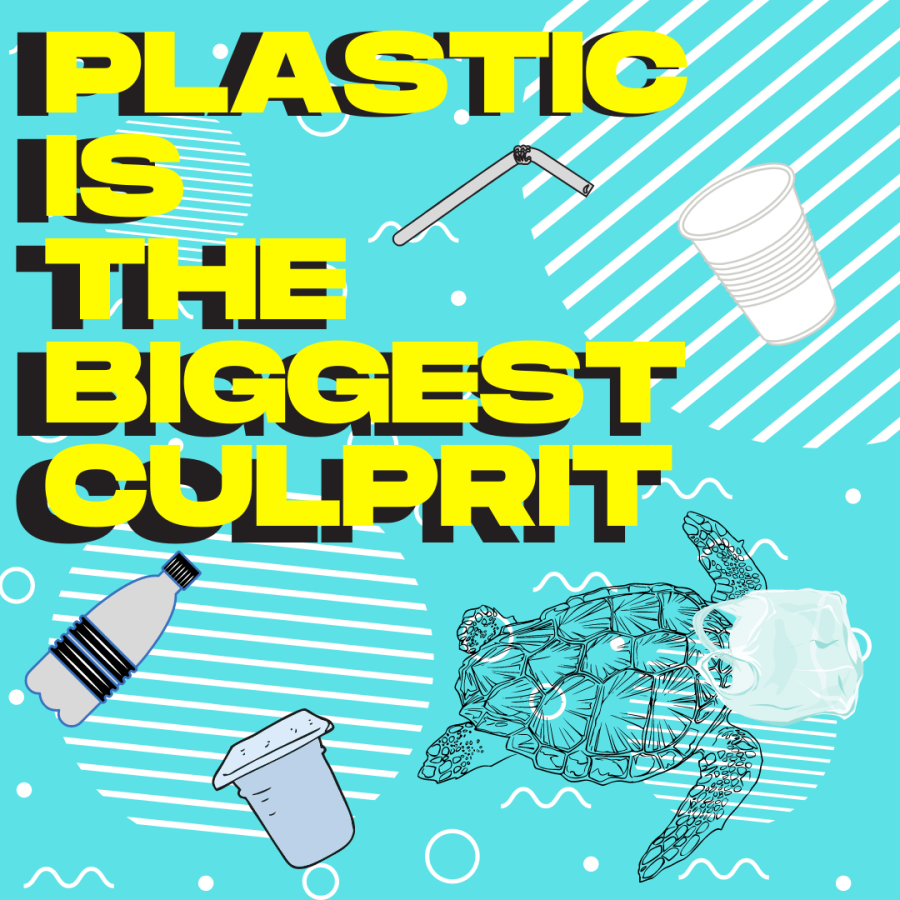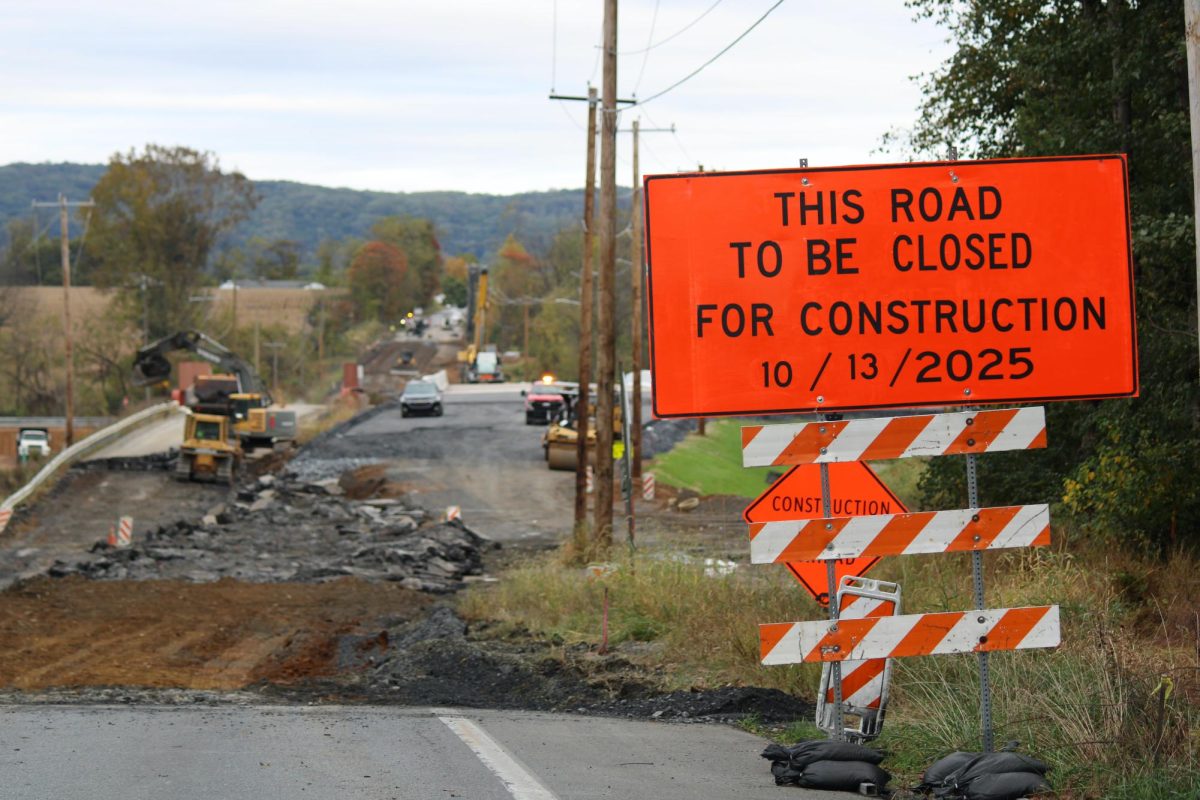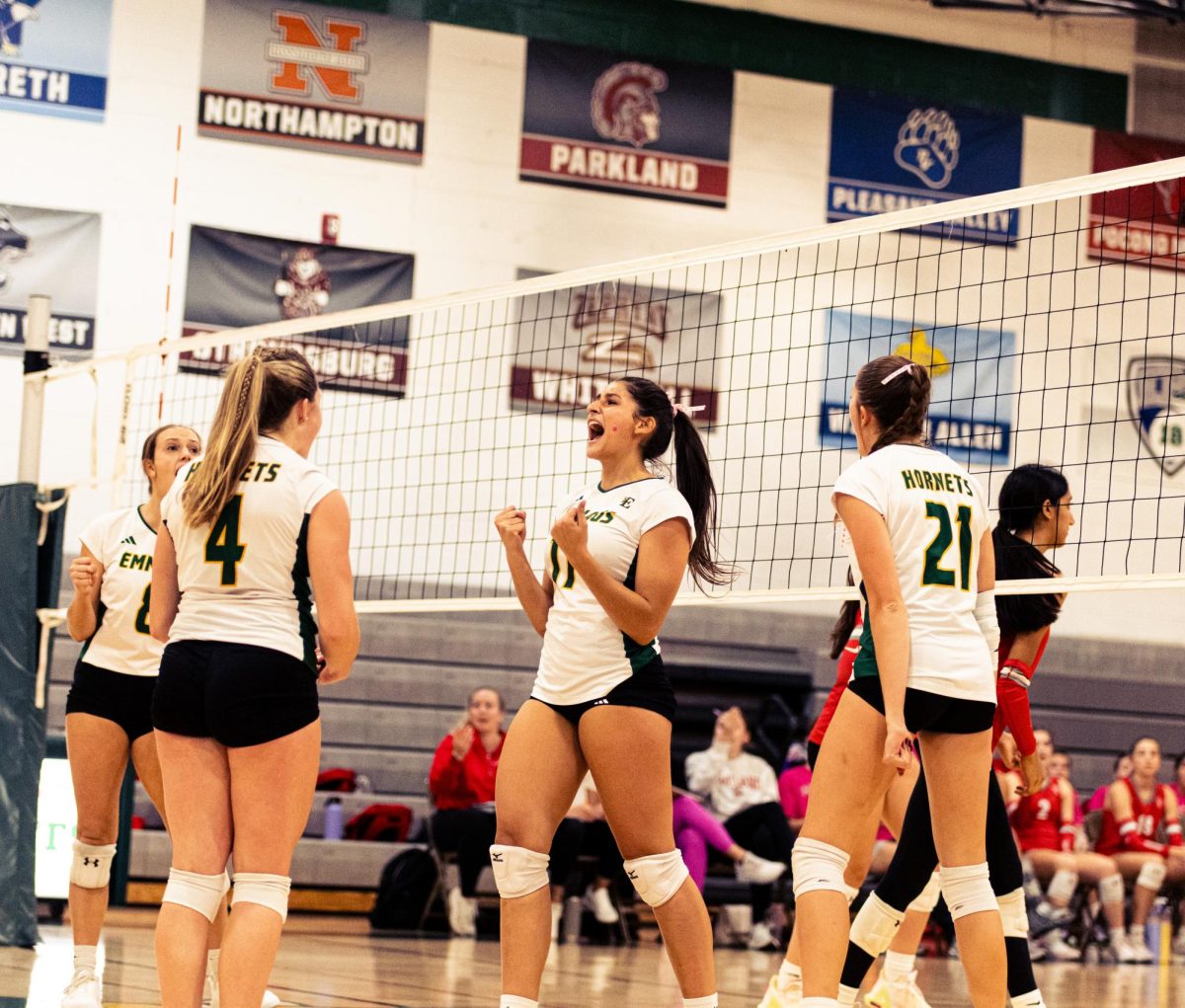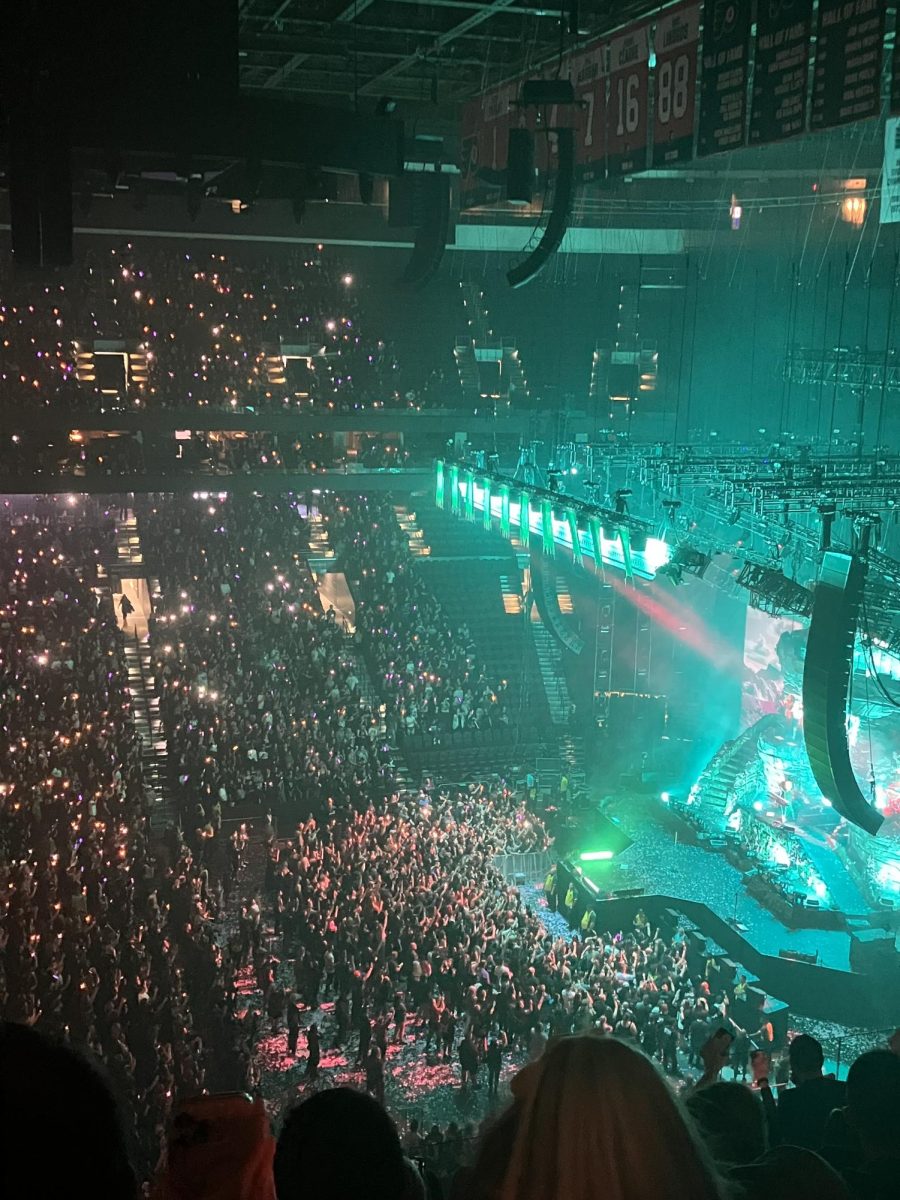The reality of recycling
Jan 9, 2022
This previously ran in our December 2021 print issue.
Imagining life without plastic is near to impossible– that’s a problem.
“It’s fine as long as we recycle.” Well… not necessarily. The recycling process is a fragile one, and it only takes one wrong move for everything to come crumbling down.
Say, for example, you have just finished a delicious cup of yogurt and are ready to dispose of it. It’s plastic, so you toss it in your recycling bin in hopes that it will be recycled somewhere down the road. But, after throwing it in the recycling bin, the remaining yogurt contents of that cup splatter on all the other recyclables in your bin. Chances are, nothing in there will be recycled.
The solution to this problem is to rinse out food containers before recycling. But still, it gets more complicated. Even if one does recycle properly, anywhere from 20% to 70% of those intended recyclables are not actually recyclable. For example, many plastics, like plastic utensils, bags, straws, and yogurt cups are unusable, and, as a result, will flood landfills and bodies of water, or be incinerated, producing toxic emissions. The remaining percent that gets recycled is often downcycled into products of lesser quality, so are not truly being recycled.
Where does it all go?
For the past couple decades, and for most of the world, it has been China. According to the Columbia Climate School, in 2016, 16 million tons of plastic, paper, and metal were sent to China from the U.S. alone. In 2018, China had enough of being the world’s garbage disposal, and they created stricter policies for the plastic they would accept. The U.S., not up to these standards, were forced to look elsewhere to dump their millions of tons of waste. Since then, more and more countries have been banning imports because of how overwhelming the quantity is, and yet, we still manage to ship upwards of one million metric tons of plastic waste abroad per year.
The nations we send our waste out too often have loose environmental and labor laws, resulting in air pollution, causing disease for workers as well as people in the surrounding radius. This is also where we see water pollution, which ultimately destroys marine life and coral ecosystems. So, it is essentially a domino effect that takes a hit at every single part of our planet. All because of plastic.
Why is plastic the biggest culprit?
Plastic is often seen as the greatest evil amongst waste and this has truth, as it is the most difficult to dispose of properly. In today’s manufacturing, there are many different types of plastic (where only a few can be recycled), plastic can usually only be recycled in its purest form (but it is most of the time contaminated), and it can only be recycled one or two times in its life. Other recyclables, such as paper, cardboard, glass, and metal, usually do not become as contaminated and are easier to recycle, typically multiple times.
Since the U.S. has been dependent on outside sources to take care of their waste for as long as anyone can remember, there is no federal structure for how to recycle, leaving it up to individual communities to make guidelines. The problem: money. Individual municipalities often do not have the revenue to afford proper recycling because those funds are distributed to issues seen more at the forefront, such as education. So, communities are often led to dispose of recyclables as they would anything else – landfills.
So… is there a solution? Or will we wake up one day drowning in a sea of plastic water bottles and yogurt cups?
On a large-scale level, awareness is being brought to this issue, and a push for producing high quality plastics is on the rise (easier to recycle), as well as replacing it with more paper and cardboard. Also, businesses have begun using recycled materials in their products. For example, some construction companies make building blocks out of discarded plastic. With more innovation and creativity like this, and the support of corporations to stop producing low-quality plastics and buy recycled materials from recycling centers, there is real hope.
For the average person, we need to stop relying on recycling and instead reduce our consumption of plastic and reuse when we can. For example, using a reusable water bottle throughout the day, instead of a plastic one, and refilling that bottle instead of discarding it right away is massively helpful.
Plastic is a problem. Recycling is not currently a solution. If we let this issue get too out of hand, we will eat, breath, and sleep plastic. The mantra “reduce, reuse, recycle” will be nothing but a distant memory.












